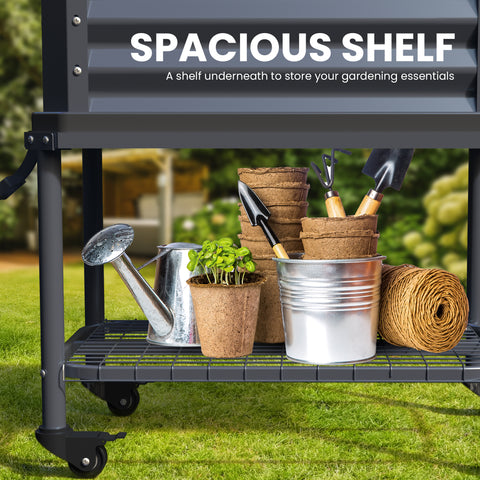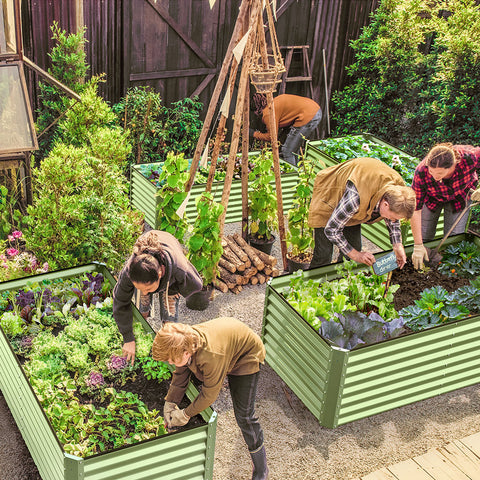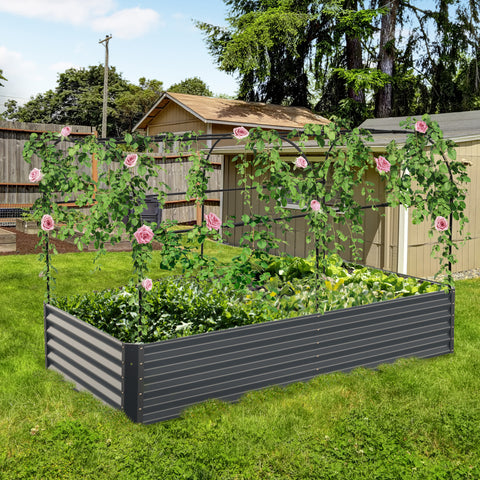Early spring is a time of revival, especially for those who like to grow vegetables in their gardens. In the spring, temperatures begin to rise and the sun becomes brighter, providing an ideal environment for our garden to begin preparing the soil and planting vegetables.The following content also has some reference value for raised garden beds.
Growing vegetables in a garden, and how to make the most of them, can be a lot easier than you think. If you plan right, you can enjoy a beautiful garden full of the fruits of your labor without having to spend hours planting it. Planting a garden with vegetables and flowers means you have natural companions, which can turn potential eyes into attractive landscape features.

Here are some steps to prepare a garden bed for spring vegetables:
- Clean your garden bed: First, you need to clean your garden bed. Remove all fallen leaves and branches, and remove all weeds and old plants.
-
Check the soil: Check the condition of the soil in your garden bed. If your soil is dry, you'll need to water it before planting to make sure it's moist enough. In addition, if the soil quality is poor, you need to add some organic fertilizer and compost to improve the fertility of the soil.

- Choose vegetables: Next, you need to choose which vegetables to grow in your garden bed. In the spring, hardy vegetables such as carrots, mustard greens, lettuce, spinach, beets, green Onions, cabbage and celery can usually be grown.
- Arrange vegetables: Arrange vegetables according to their size and growth needs. For larger plants, you'll need to place them at the back of the bed so they don't block sunlight from other plants. For smaller plants, place them at the front or edge of the bed.
- Get proper water and sunlight
Proper watering and sunlight are essential in vegetable growing. Make sure your vegetable bed is kept moist, but don't over water it, which can lead to root rot and disease development. Also, make sure your vegetable bed gets plenty of sunlight, which helps with healthy vegetable growth and yield.
-
Planting or transplanting: Grow your vegetables according to how they are grown. To grow vegetables, you need to dig shallow trenches in garden beds, bury seeds in them, and gently cover them with a layer of soil. For vegetables that need to be transplanted, you will need to plant them in POTS and wait for the plants to mature before transferring them to a garden bed.

- Water: Water well after planting to make sure the soil is moist and conducive to vegetable growth.
-
Maintain your garden bed: After planting, check your garden bed regularly, weed, and fertilize. If the weather is too dry or wet, additional watering or drainage measures may be necessary. In addition, you can add some organic fertilizer to help the vegetables grow.










